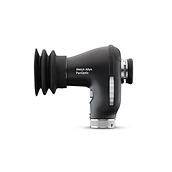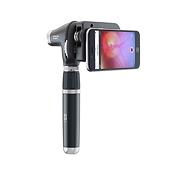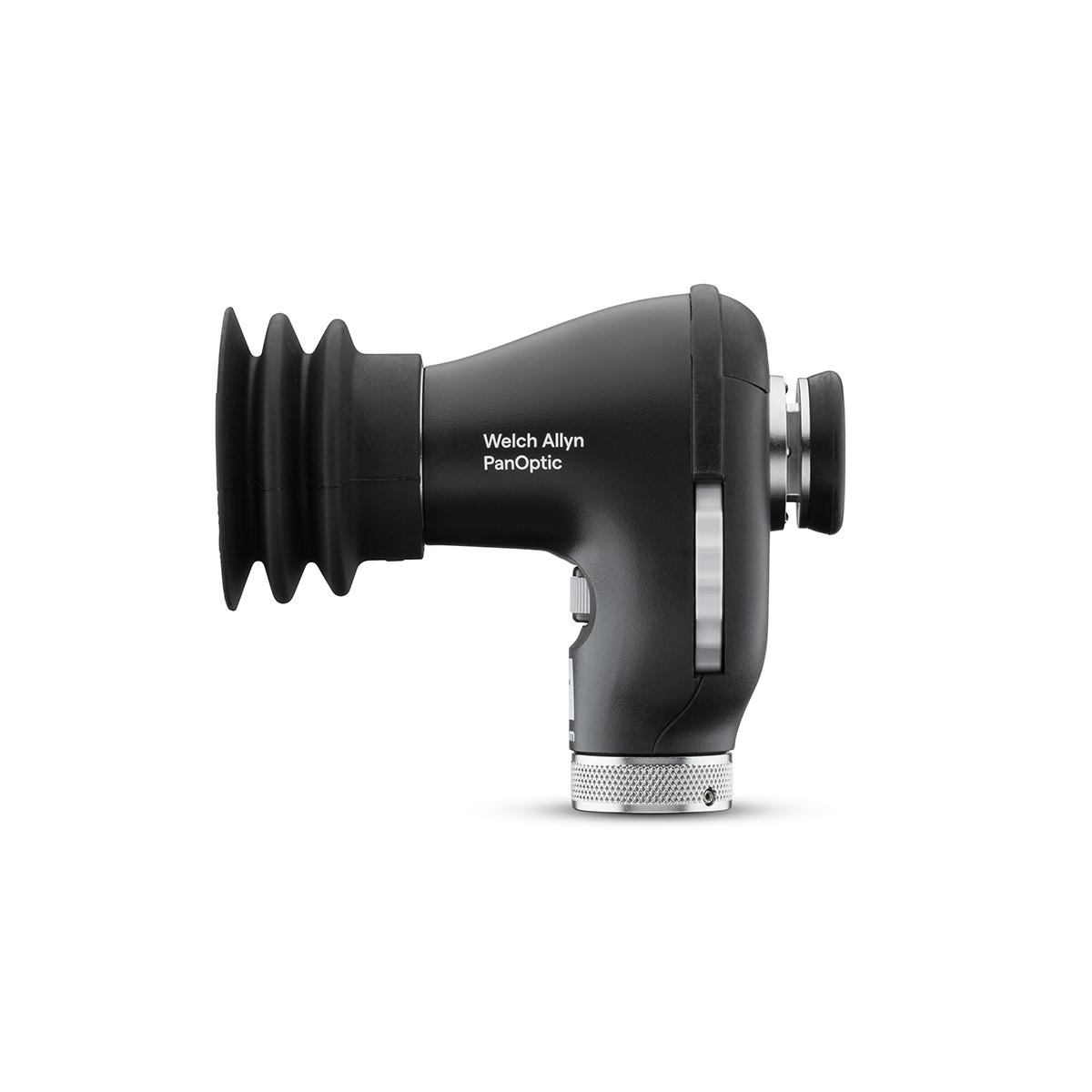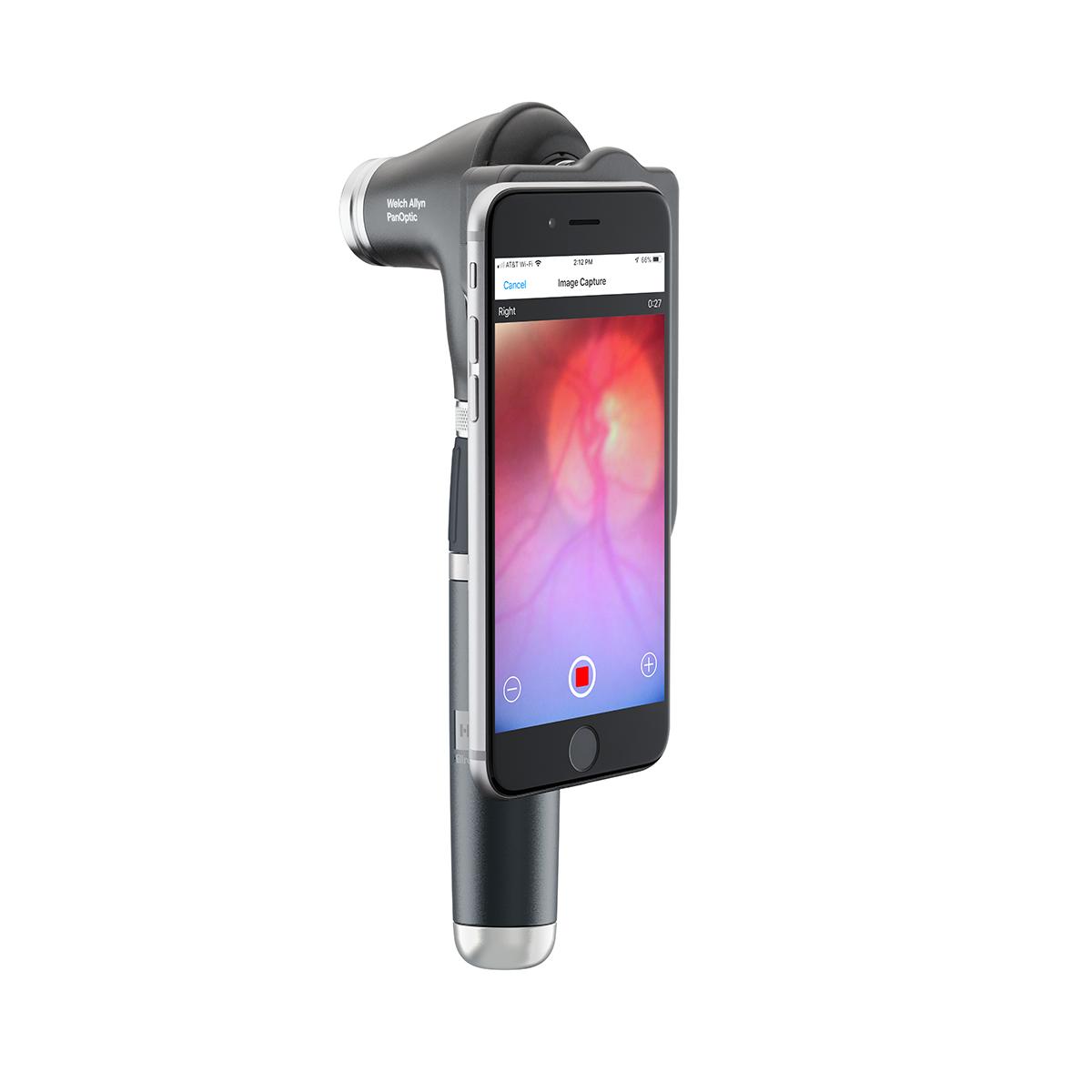Overview
Features
- 20X larger viewing area when compared to a standard ophthalmoscope
- Long-lasting LED illumination cuts down on need for lamp replacement
- Quick Eye alignment lights on the patient side help you direct patient gaze
- Compatible with all Welch Allyn 3.5 V power handles and wall transformers
- PanOptic Plus ophthalmoscope models are digitally-capable, for capturing and sharing images of the eye
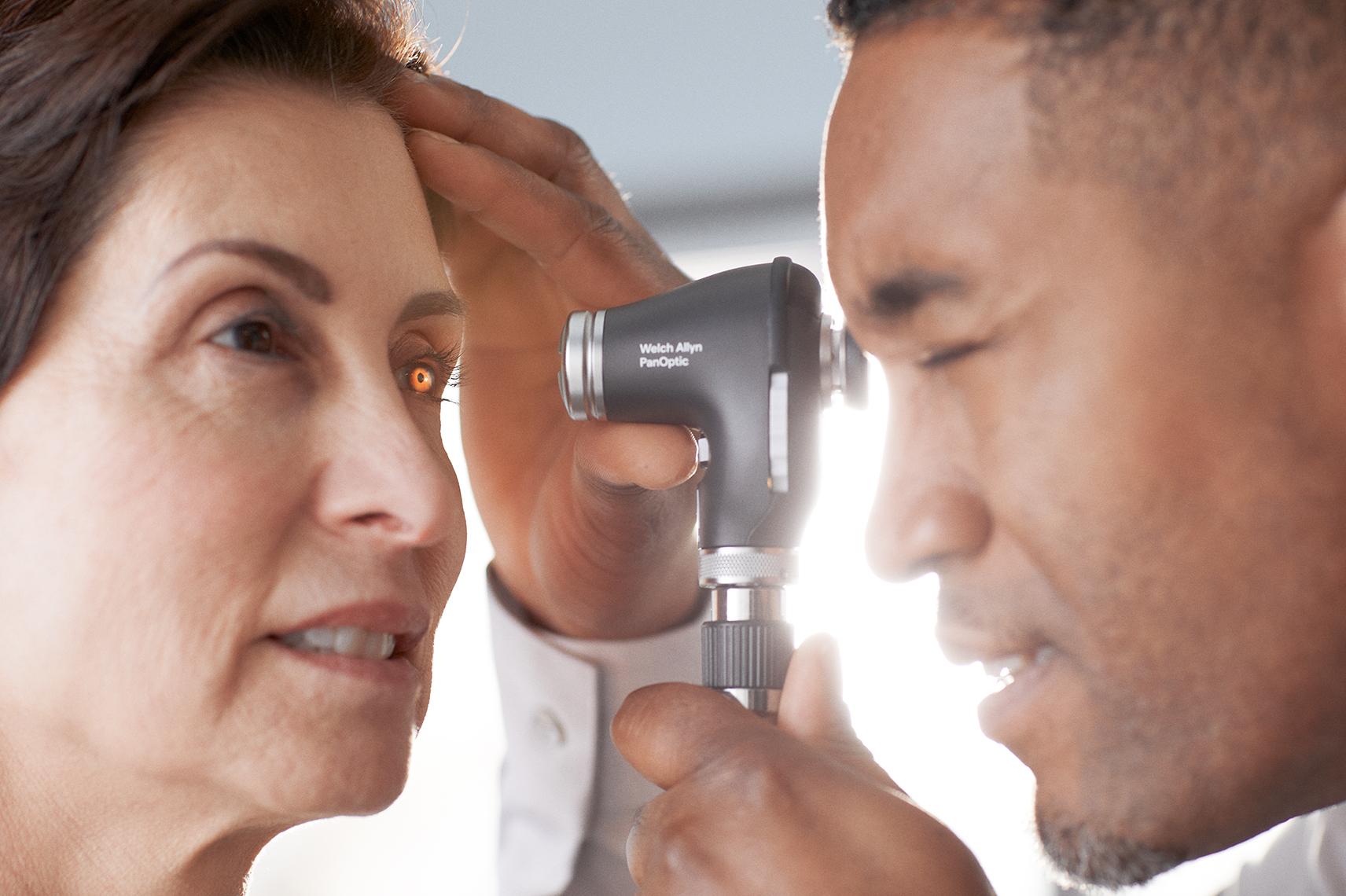
Let Us Change Your View
See how our Welch Allyn PanOptic Plus ophthalmoscope can help enhance eye exams with wider views than a standard or pocket ophthalmoscope.


Our new Quick Eye alignment feature helps you better align to the patient’s optic disc. Two lights on the patient side help you direct patient gaze, making it easier to get a better view, quicker.

Let Us Change Your View
View the difference our new PanOptic Plus ophthalmoscope and MacroView Plus otoscope bring to the physical exam. Ask your Hillrom representative to see more.

Education & Documentation
Get in the know to get the most value out of your solution.
Product Documentation
-
Brochure
keyboard_arrow_downEnhance PA Tools Portfolio Brochure
-
Instructions for Use
keyboard_arrow_downWelch Allyn®PanOptic™ Ophthalmoscopes
-
Technical Specifications
keyboard_arrow_downPanOptic Ophthalmoscopes Spec Sheet




